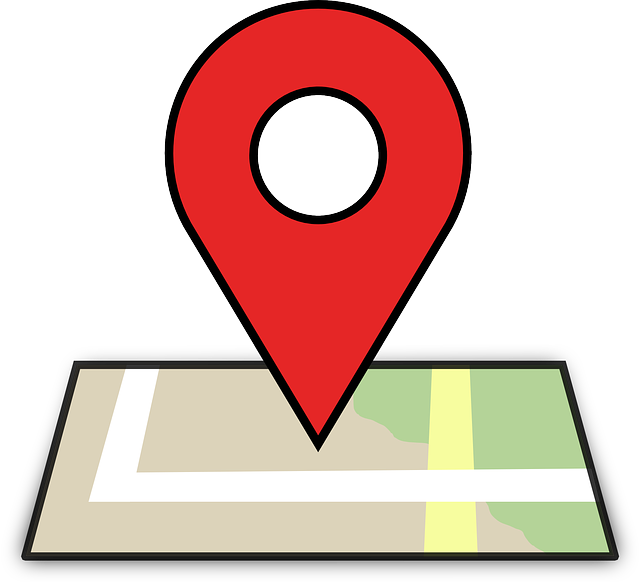Embarking on the journey to become the owner of a daycare centre presents a pivotal choice: to build from scratch or to acquire an existing business. Both options come with their unique set of challenges and advantages, making it crucial to evaluate your goals, preferences, and resources before making a decision.
When an operator decides to sell their daycare business, it doesn’t necessarily reflect the business’s lack of value. Various reasons, such as illness, retirement, or the pursuit of new interests, might drive an owner to sell. Regardless of the motives, it’s essential to assess the business for its intrinsic value.
Even struggling daycare businesses have their merits. With existing infrastructure, assets, employed Early Childhood Education (ECE) staff, and enrolled students, they offer a foundation that can be improved upon. Starting fresh may involve a time-consuming process, while acquiring an existing business provides a head start, allowing for immediate operations.
Starting a Daycare from Scratch
Commencing a daycare from scratch entails a series of steps, from finding a suitable location and navigating regulatory approvals to hiring staff and marketing.
Here are the steps that you may be involved to start a daycare centre from scratch:
- Find a suitable location, considering zoning regulations for daycare operations.
- If leasing, secure a landlord willing to allocate additional land for a playground.
- Engage an architect for space design aligned with Ministry of Education and Ontario Building Code requirements.
- Obtain necessary regulatory approvals, including building permits and Ministry endorsements.
- Coordinate renovations and pass city inspections to ensure compliance with safety standards.
- Secure a childcare license and region service agreement to operate legally.
- Recruit qualified staff members.
- Develop a website and integrate necessary technologies for streamlined operations.
- Formulate a comprehensive marketing strategy to promote daycare services.
- Implement advertising campaigns to create awareness and attract potential students.
For first-time business owners, this process can span 1 to 1.5 years, with ongoing expenses and the challenge of building enrollment.
Cash flow management is crucial during this period, as it may take time to reach full capacity. New operators may find this journey overwhelming, particularly without prior experience. The financial strain during the renovation and initial years after opening requires you to put extra money on the side to support the business operations and expenses while it’s still gaining traction.
Experienced operators may find starting from scratch advantageous, as it allows them to craft a brand uniquely their own and tailor everything to their preferences. With their expertise, seasoned operators may execute the process more efficiently, having undertaken similar ventures multiple times and benefiting from economies of scale.
Buying an Existing Daycare
When opting to purchase an existing daycare, the advantages extend beyond the financial profitability of the business. Regardless of its current financial state, the allure lies in acquiring a well-established brand and an existing customer base. This not only provides a sense of immediate credibility but also serves as a foundation for sustained growth.
The acquisition of an existing daycare comes with the invaluable inheritance of an operational framework. This established structure encompasses everything from administrative processes to the intricate details of daily operations, offering a significant head start compared to the challenges faced by startups. Moreover, the daycare facility is likely to have undergone renovations, presenting a turnkey solution that eliminates the need for time-consuming construction work.
The speed to market is a notable advantage in buying an existing daycare. Unlike the time-intensive process of starting from scratch, where waiting periods of 1 to 2 years for enrollment to climb are common, purchasing an established business allows for an immediate transition. With an existing staff roster and enrolled students, the daycare is poised for continuous operation.
One of the critical advantages is the potential for immediate cash flow. While startups often grapple with the time it takes to become profitable, an acquired daycare business may already be generating revenue from day one. This immediate influx of cash is pivotal to the survival and sustained success of the business, eliminating the need for an extended budget horizon that startups typically allocate for sustaining the business during the renovation and ramp-up phases.
In essence, purchasing an existing daycare not only provides a financial advantage but also positions the new owner with a pre-established brand, customer base, and operational structure. This strategic move not only expedites the process of entering the market but also offers a smoother transition into ownership, reducing the uncertainties and challenges associated with starting a daycare from scratch.
Due Diligence is Key
Regardless of the chosen path, thorough due diligence is crucial. Acquiring a business involves inheriting its strengths, weaknesses, and challenges. Understanding the nuances and intricacies of the daycare business before making a decision is vital.
The decision to buy an existing daycare or start from scratch hinges on personal preferences, risk tolerance, and long-term goals. Both approaches have their merits and challenges, demanding a careful evaluation of skills, resources, and the industry landscape. Ultimately, success in daycare entrepreneurship is attainable for those who approach it with dedication, adaptability, and a clear vision for the future.








